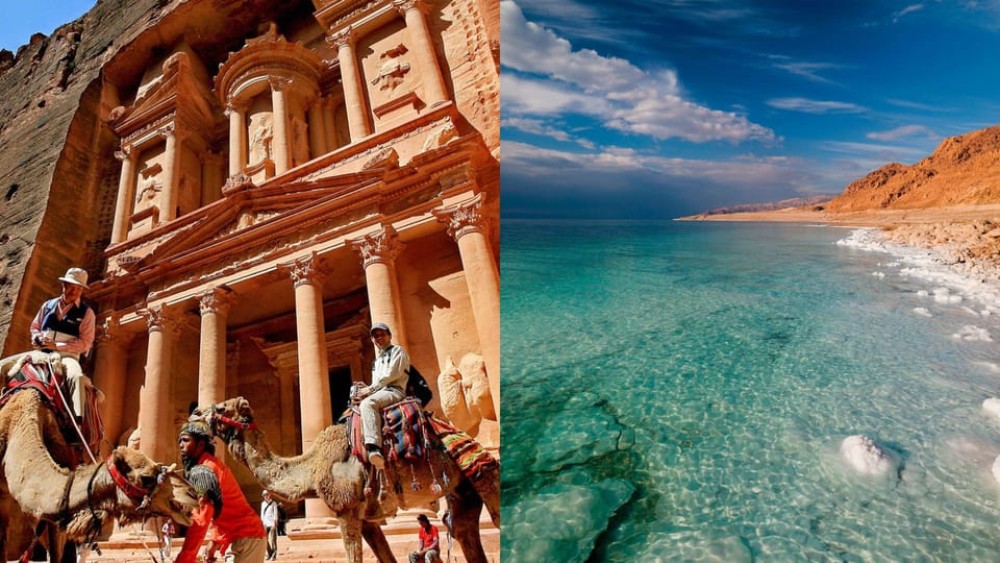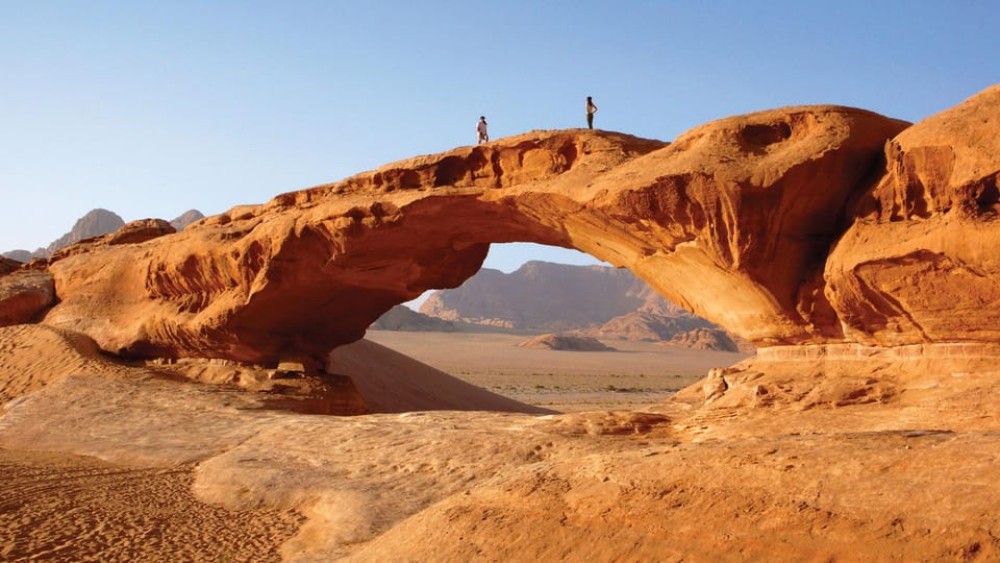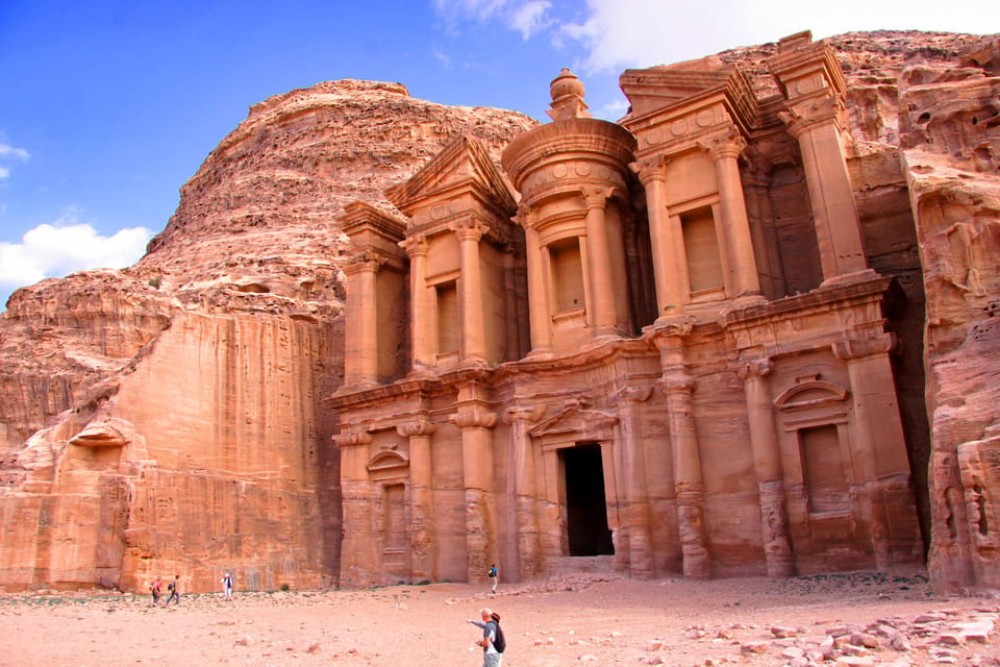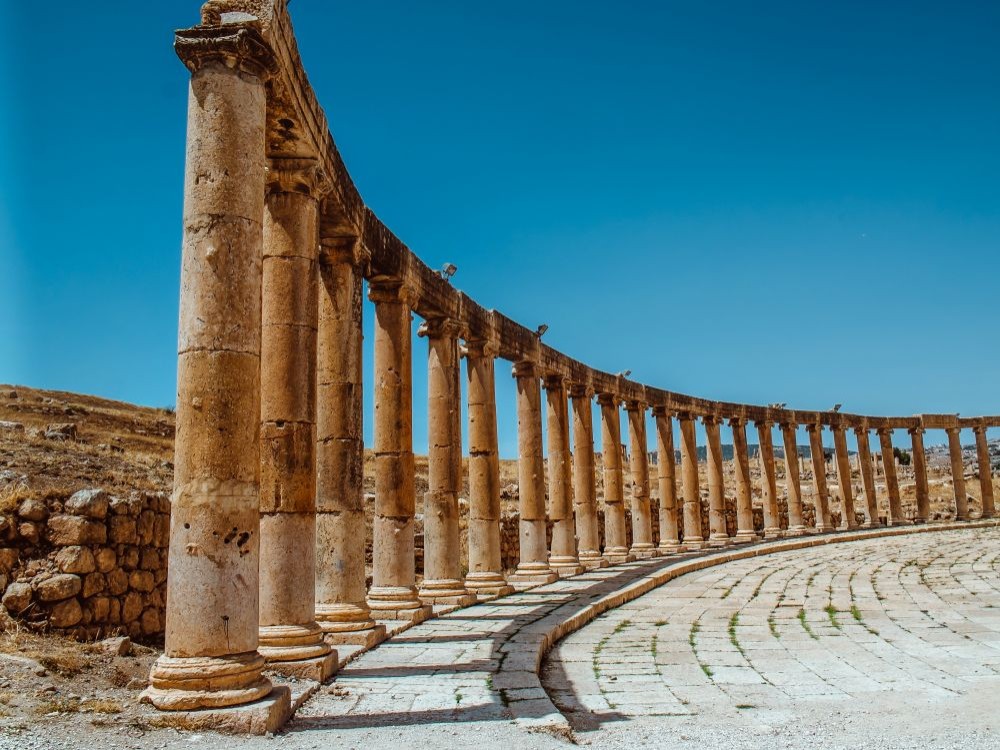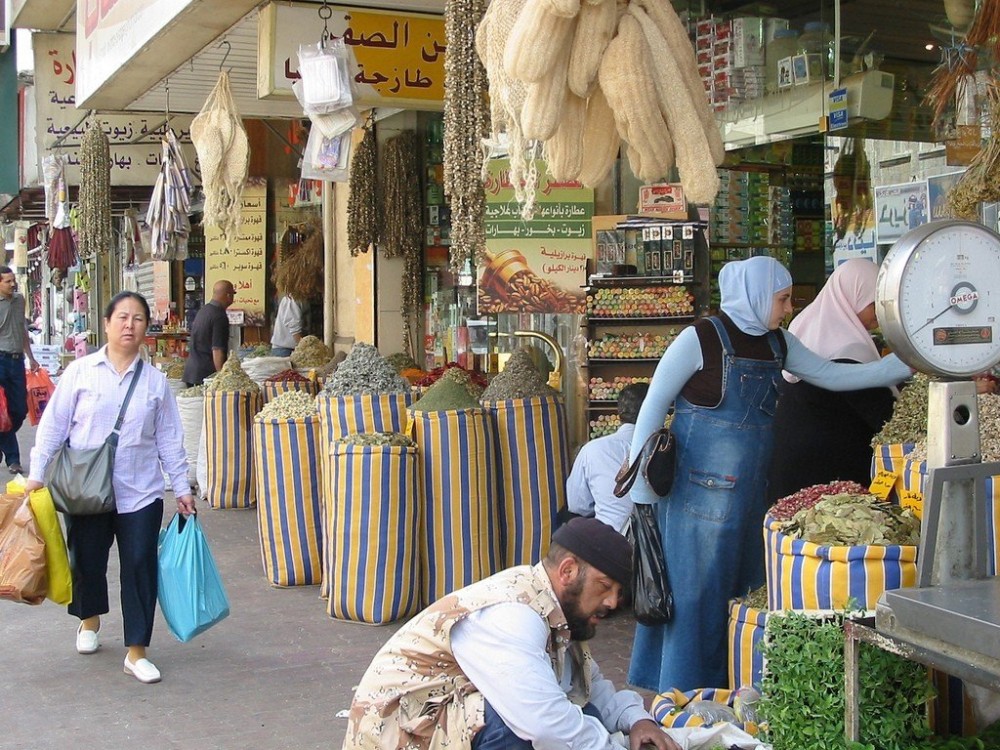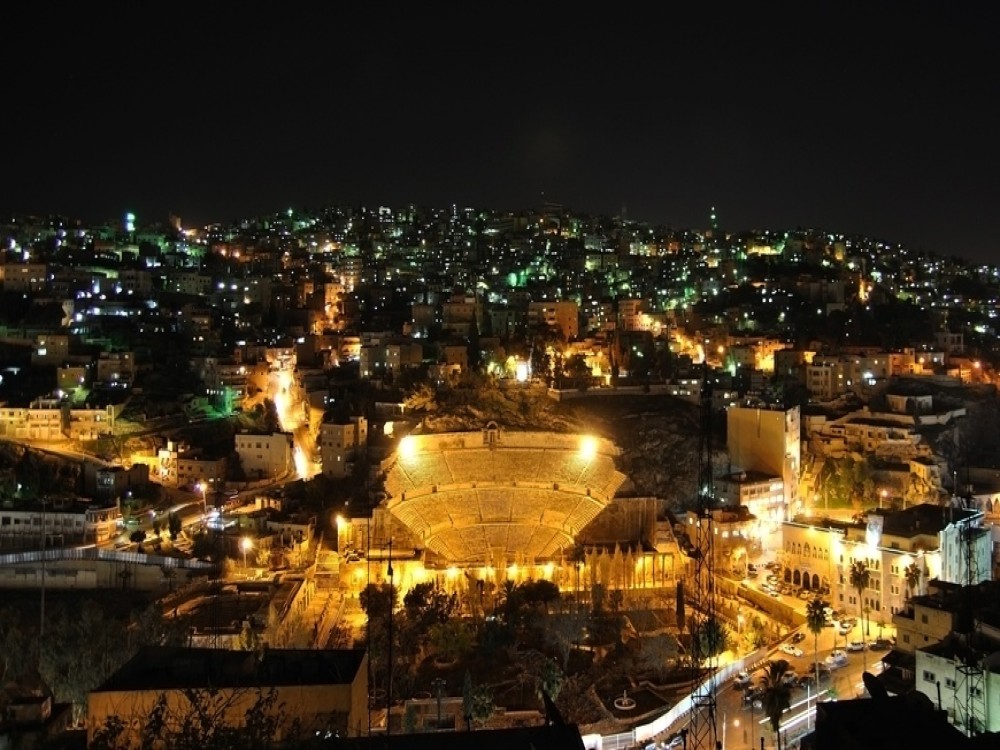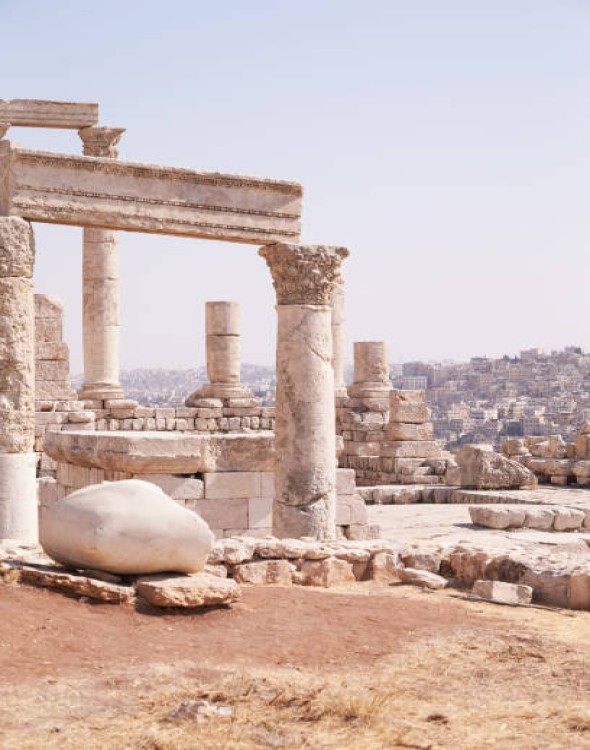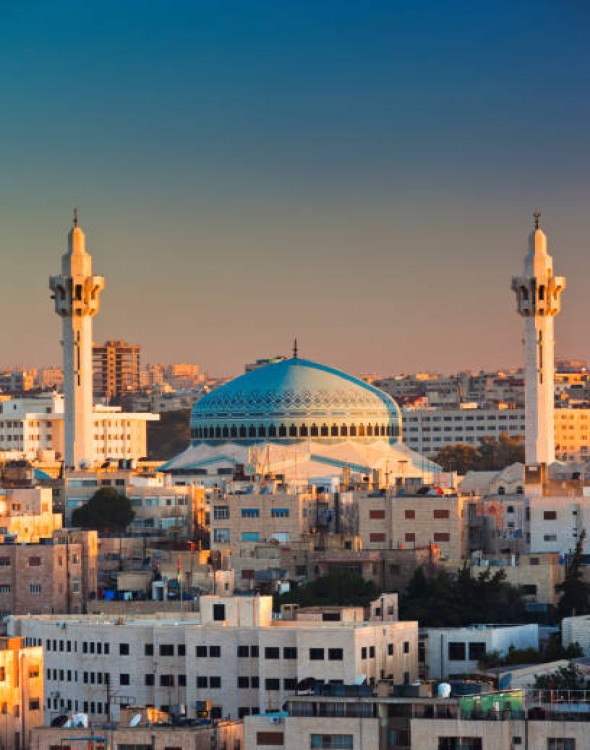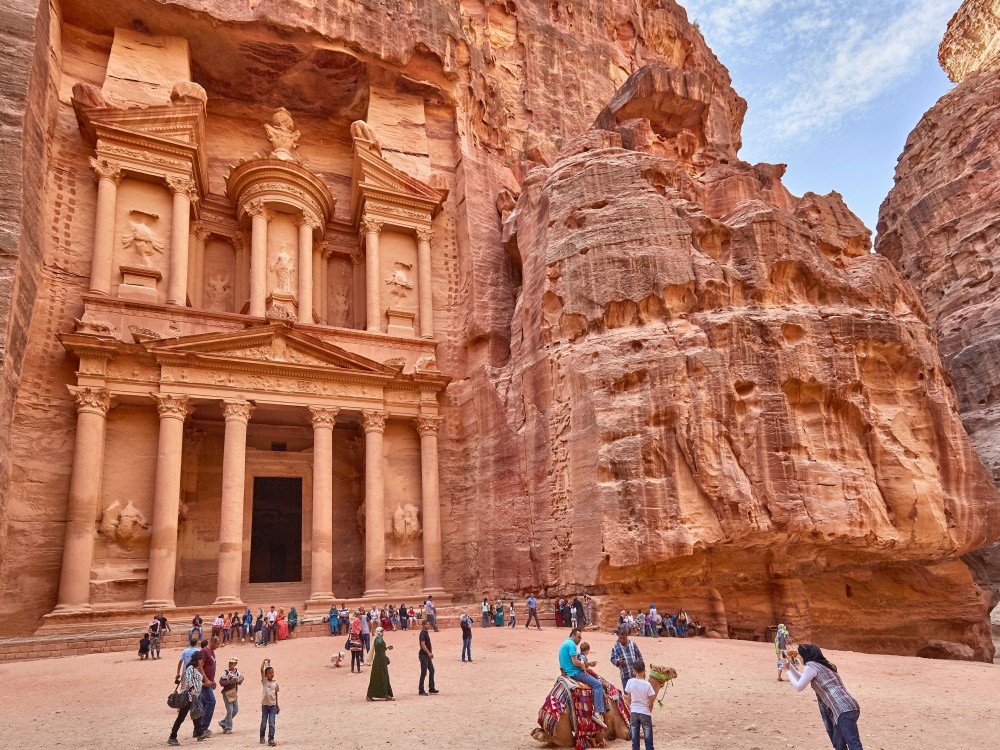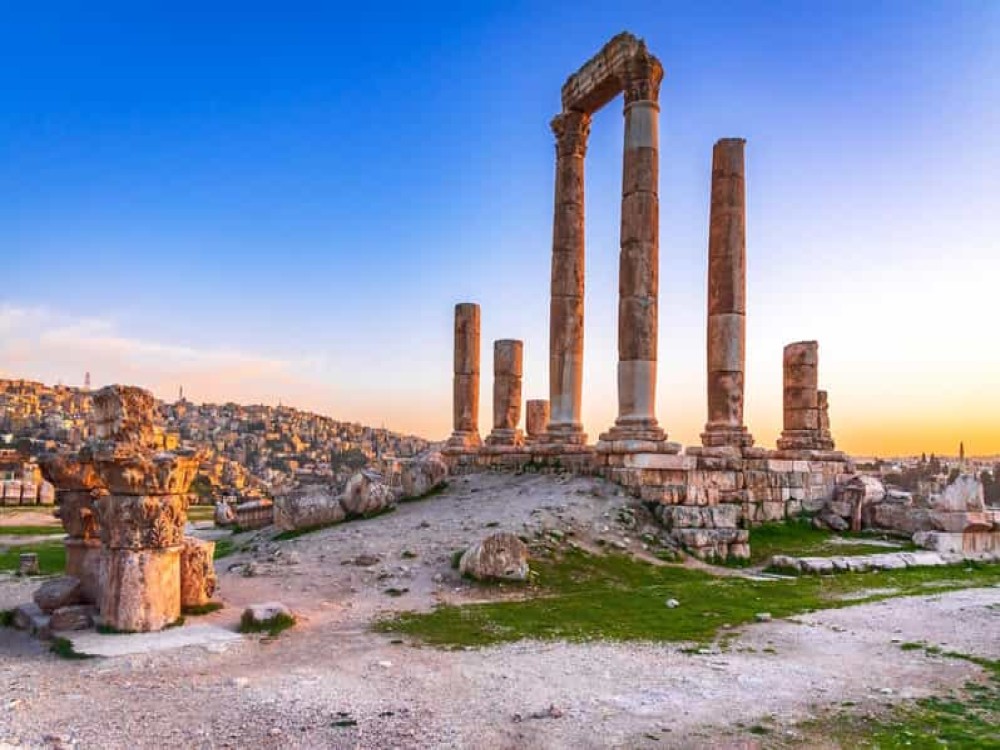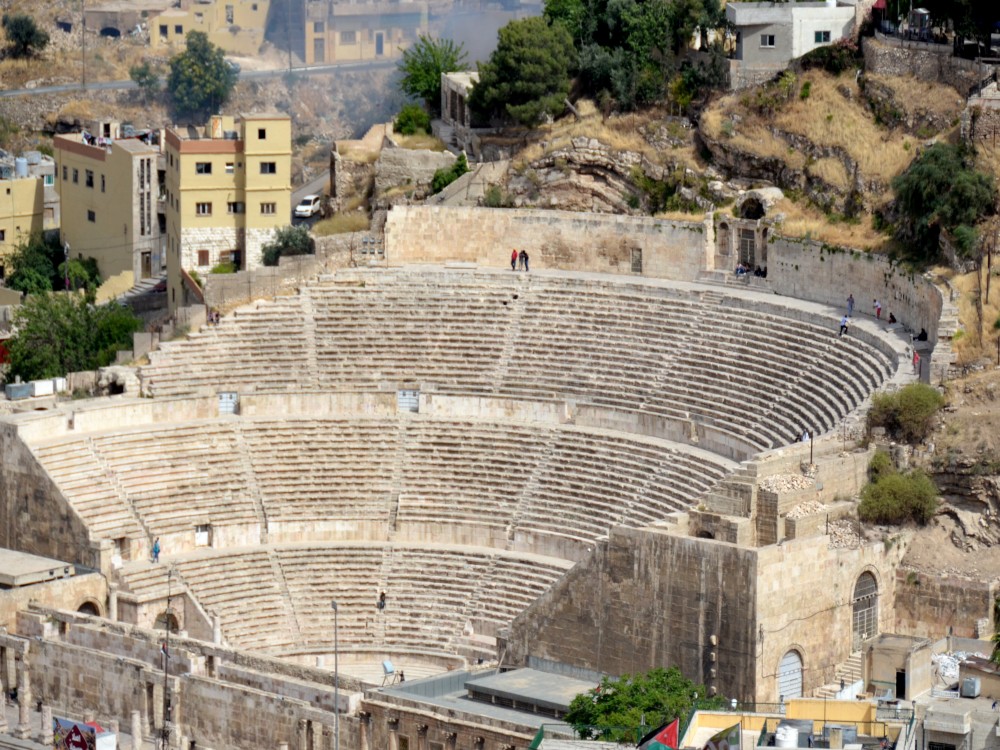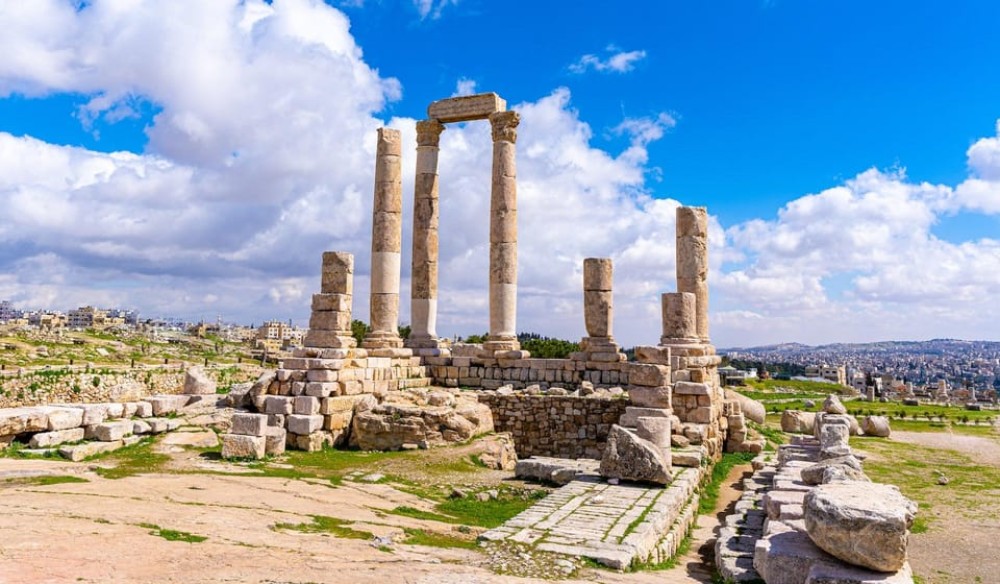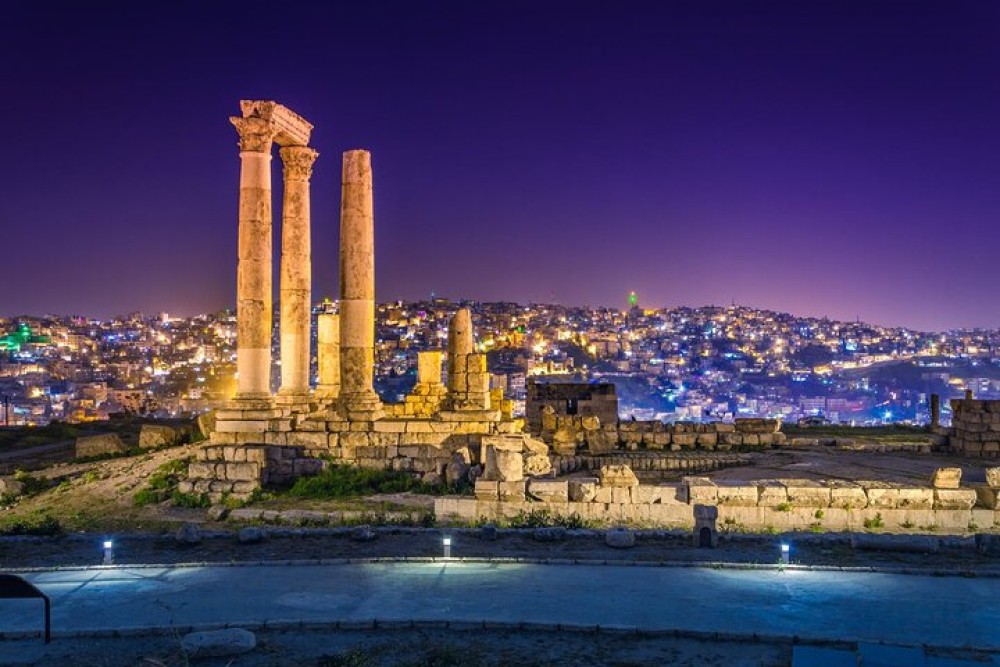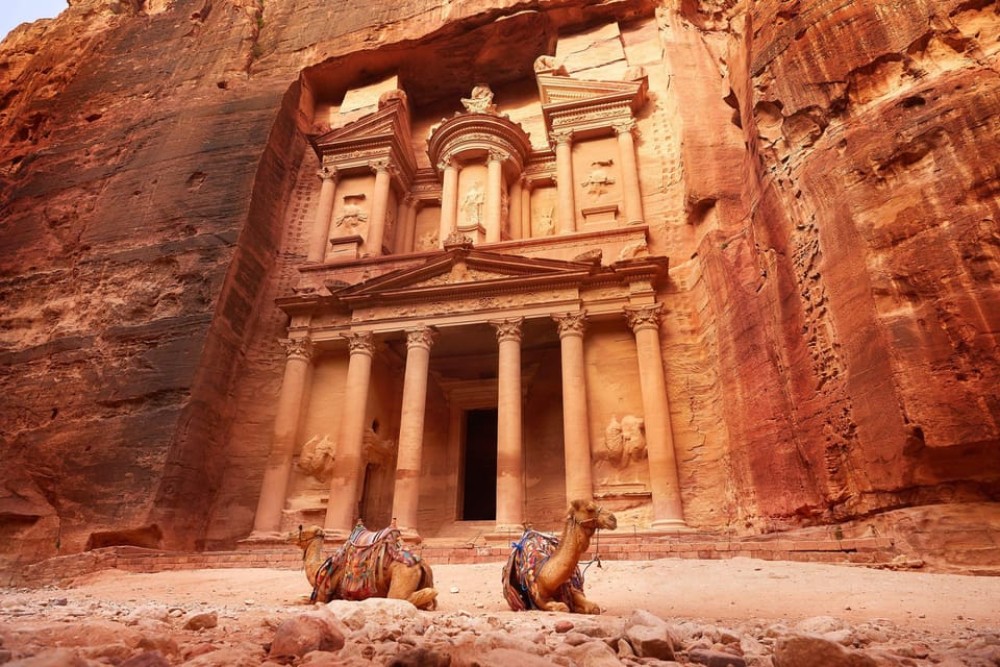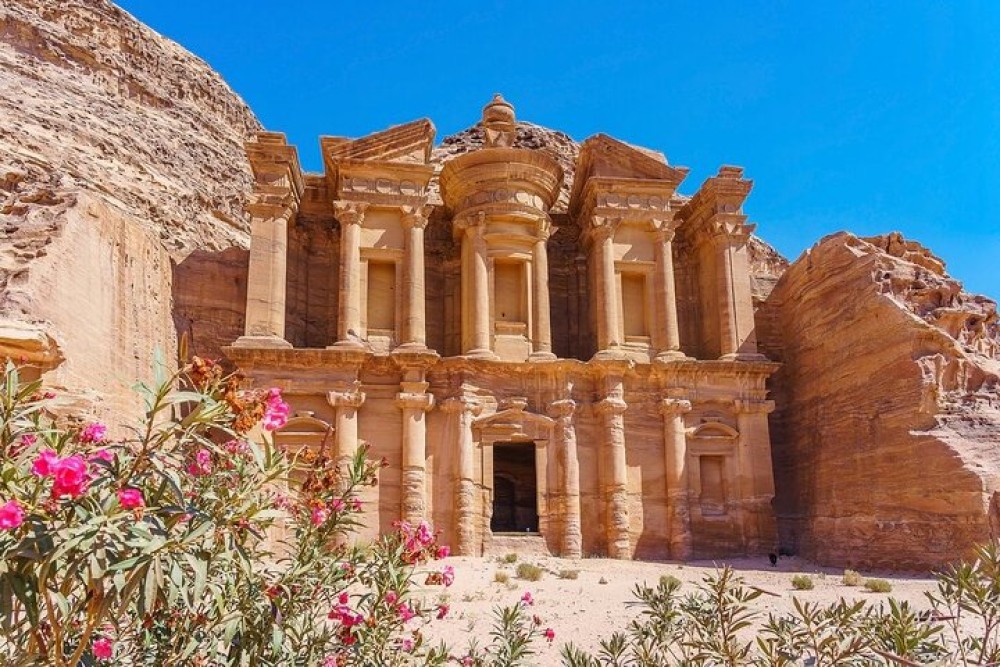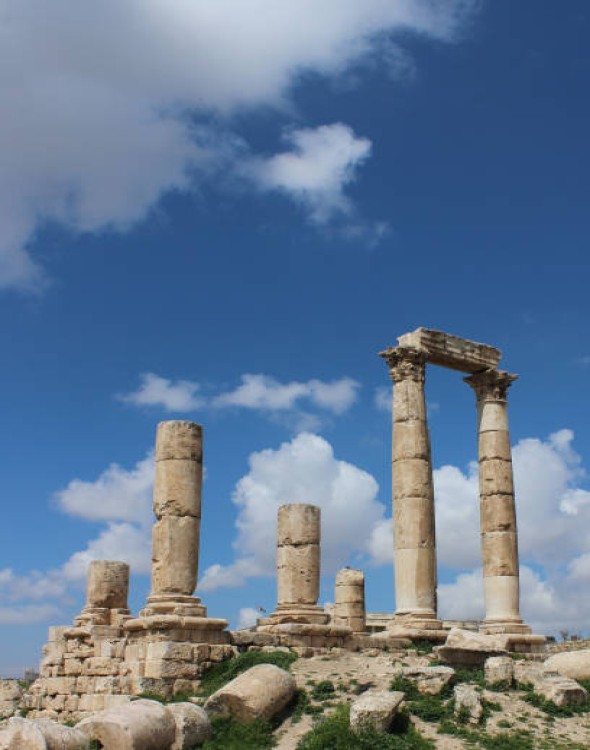Attractions in Amman
Attractions you can do in Amman
Trip ideas for Amman
Travel ideas you can do in Amman
Itineraries for Amman
Itineraries you can do in Amman
All about Amman
When to Visit
The best time to visit Amman is during spring (March to May) and autumn (September to November), when the weather is mild and ideal for outdoor exploration. Summers (June to August) can be hot, with temperatures reaching over 30°C (86°F), but evenings are cooler and pleasant. Winter (December to February) is chilly, with occasional rain, making it a quieter time to visit. Ramadan, the Islamic holy month, offers a unique cultural experience, but travelers should be mindful of fasting hours and local customs.
Getting Around
Amman’s hilly layout is best navigated by taxis or ride-hailing apps like Careem and Uber, which are affordable and convenient. Public buses are available but can be challenging for tourists. Renting a car is an option for exploring areas outside the city. Many attractions in downtown Amman, like the Roman Theater and Citadel, are within walking distance of each other.
Traveler Tips
Wear comfortable walking shoes for exploring Amman’s hilly terrain and historic sites. Visit the Amman Citadel for panoramic city views and a glimpse into Jordan’s ancient history. Try local dishes like mansaf, falafel, and kanafeh at authentic Jordanian eateries. Shop for souvenirs like spices, handmade crafts, and Dead Sea products at downtown souks. Plan your visit to include Rainbow Street for its cafes, street art, and lively atmosphere. Carry cash for smaller purchases, as not all vendors accept cards. Respect local customs by dressing modestly, especially when visiting religious sites. Lastly, embrace the friendly local culture and enjoy Amman’s welcoming vibe.
44
Activities & Trip
0
Total Reviews
People Also Ask
What is Amman known for?
Amman is famous for its ancient landmarks, including the Citadel, Roman Theater, and vibrant souks.
When is the best time to visit Amman?
The best time is spring (March-May) and autumn (September-November) for mild weather.
Do I need a visa to visit Amman?
Yes, most travelers require a Jordanian visa, which can be obtained on arrival or online.
What currency is used in Amman?
The currency is the Jordanian Dinar (JOD).
What are the must-see places in Amman?
Key sites include the Amman Citadel, Roman Theater, Jordan Museum, and Rainbow Street.
Is Amman safe for tourists?
Yes, Amman is safe, with a friendly and welcoming atmosphere.
What language is spoken in Amman?
Arabic is the official language, but English is widely understood in tourist areas.
What’s the best way to get around Amman?
Use taxis or ride-hailing apps for convenience, and walk downtown to explore major attractions.
What food should I try in Amman?
Try mansaf, falafel, hummus, and kanafeh for a taste of Jordanian cuisine.
How long should I stay in Amman?
A 2-3 day trip is ideal to explore the city’s main attractions and cultural experiences.
Frequently Asked Question
The answers provided below are based on answers previously given by the tour provider to customers' questions.
What are the top things to do in Amman?
The top things to do in Amman are:
- ● Petra
- ● Wadi Rum
- ● Dead Sea
- ● Jerash
- ● Amman Roman Theater
What are the top activities in Amman?
Top activities in Amman include:
What do I need to know before visiting Amman?
Check out these top Amman travel ideas:
Copyright © 2025 All Rights Reserved



